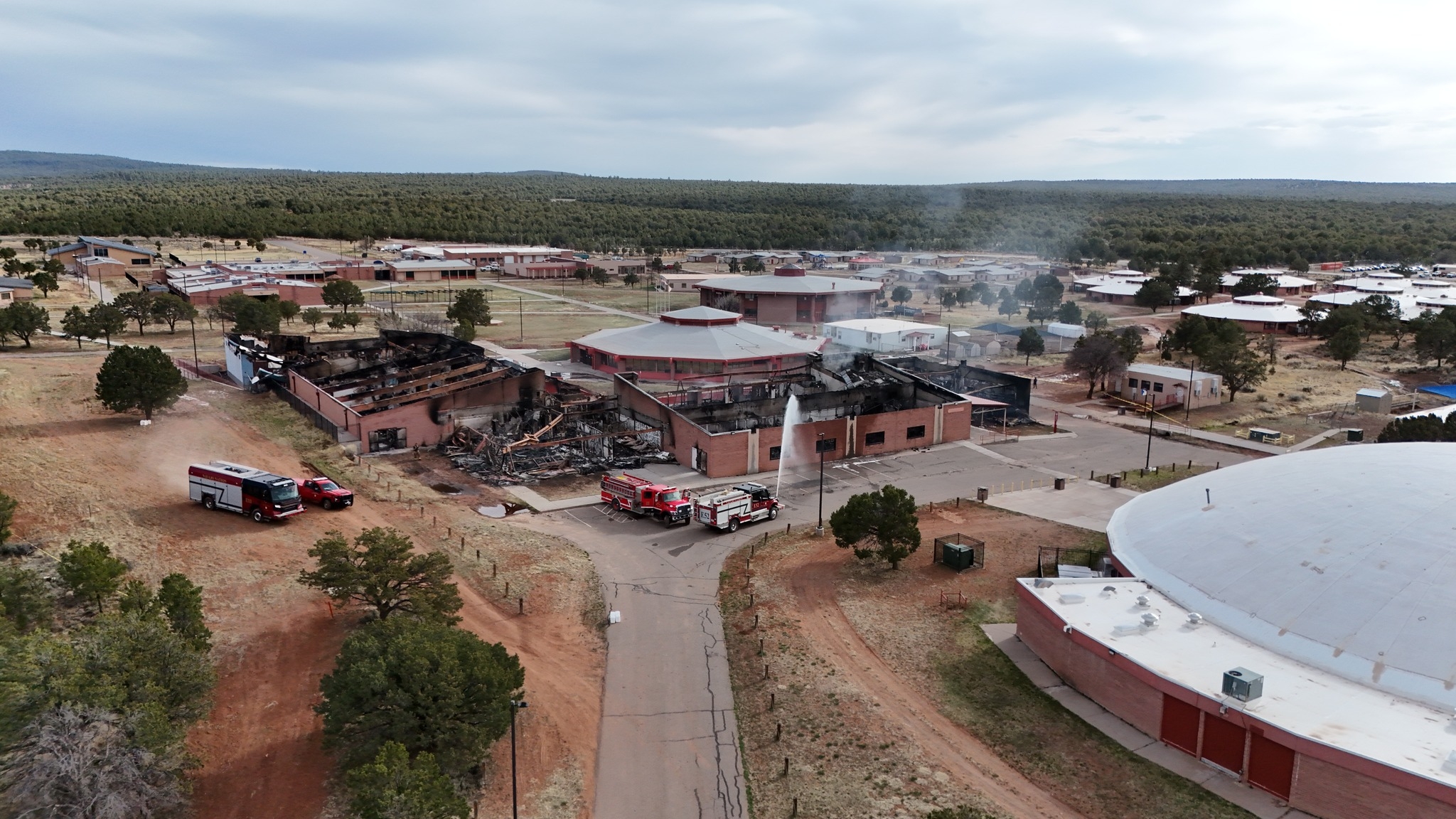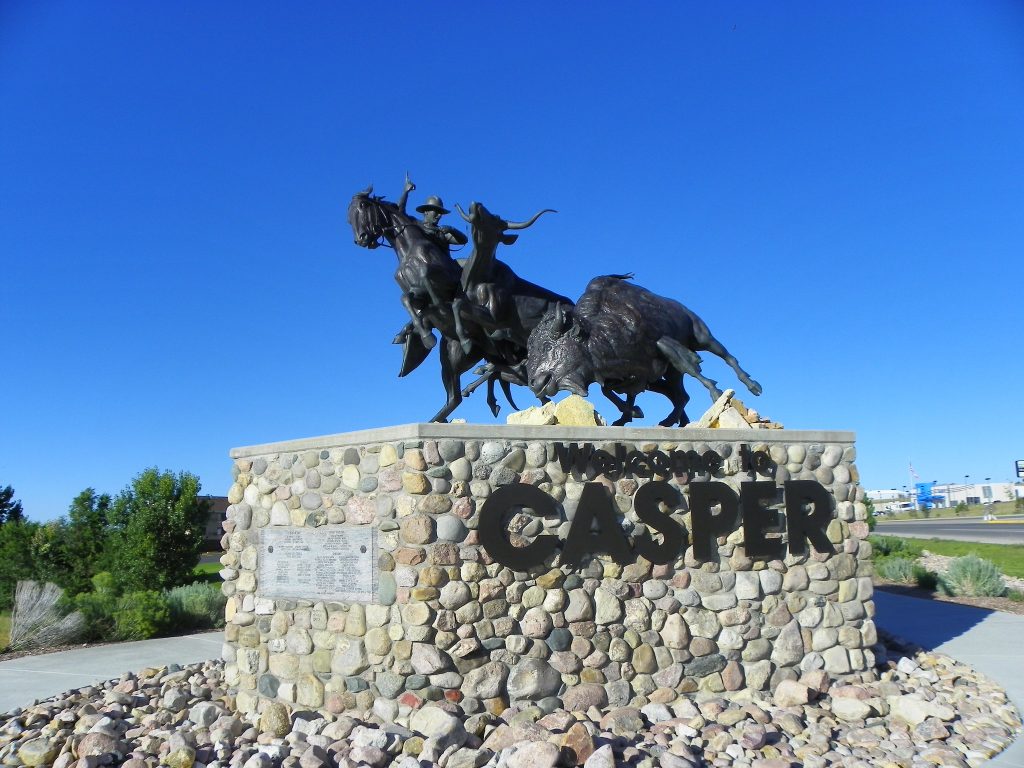Podcast: Play in new window | Download | Embed
Photo: Casper, Wyo. (J. Stephen Conn / Flickr)
A new federal effort aims to end homelessness among people released from prisons.
As the Mountain West News Bureau’s Hanna Merzbach reports, communities in Wyoming and Idaho, and a tribe in Montana, are part of the initiative.
One team is in Wyoming’s Natrona County. It’s the top destination for parolees in the state since there’s lots of re-entry services there, but it’s still hard to get long-term housing.
“We definitely see an influx of individuals who come here for assistance and who don’t qualify for as much as they think.”
But Natrona’s Kristy Oster, who’s leading the project under the U.S. Bureau of Justice Assistance, says people released from prisons could soon get permanent housing – and other help, like career services.
So far, there’s no funding involved. But Oster says monthly meetings with federal experts keep them on track to eventually build the housing.
“Is it data that’s next? Is it partnerships that, that is next? Is it getting the city together to determine if there’s land available?”
Idaho’s Department of Corrections and the Confederated Salish and Kootenai Tribes in Montana are also working on similar initiatives.

(Courtesy Diné College / Facebook)
Police are investigating a fire on the Navajo Nation that burned the Student Union Building on the Diné College campus in Tsalie, Ariz., destroying records dating back to the 1950s and gowns for this year’s graduation.
Navajo Police say the fire was reported after 2 :30 a.m. Monday.
The campus is closed to the public while essential services like meals and housing have been relocated for students.
Remote learning was being planned for Tuesday.
No injuries were reported as of Monday. The fire is under investigation.

Willie Hensley. (Photo: Steven L. Rychetnik / Courtesy Alaska Humanities Forum and Magnetic North Productions)
Willie Hensley is a well-known Alaska Native leader, but a documentary that premiered this week in Anchorage gives you a chance to get to know what makes him tick.
Rhonda McBride from our flagship station KNBA has this preview.
Willie Hensley has worn a lot of hats, and you can see a lot of them in this film that filled with snapshots of his life, as well as something else, says the film’s producer Marla Williams.
“That was really fun in this film to look at how many different hairstyles Willie has had throughout life. He’s gone from a flattop and a nerdy little side part, to long sixties sideburns and now to a ponytail all the way down his back.”
The film showcases Hensley’s charisma and traditional Inupiaq humor. It’s called “Homeland“ and chronicles his rise as a champion for the Alaska Native Claims Settlement Act and eventually a statewide leader.
“I think he’s a man of his times. He’s always current. He’s always looking forward, but he’s not stuck in his past. He uses his past to keep him moving forward.”
The documentary is filled with moments that explores Hensley’s talent for walking between two worlds – that of Native culture and the modern world of business and politics.
It traces his roots to a sod house near Kotzebue, Alaska.
In the film, Hensley takes his daughter Priscilla to show her where he was raised as a small boy.
Only a few pieces of wood and mounds of sod remain.
“Not a table, not a chair, not a bed. This was home. It kept us warm on the coldest of days.”
The film also takes you to a religious boarding school in Tennessee where Hensley arrived as a teenager with only a shopping bag full of belongings.
His classmates didn’t know what to make of him and the care packages of whale meat and other subsistence foods he received, but were happy to have him on their football team, because he was one of the fastest on the field.
“In those days, if you’re a young Iñupiaq that age, if you survive TB and chicken pox, and influenza and everything else that everybody caught, you’re pretty damned tough.”
The documentary’s next showing will be in Kotzebue on April 17 and will be available on online in the future.
It’s the tenth installment of the Magnetic North: The Alaska Character series, which has profiled political figures like Governor Bill Sheffield and Native leaders like Jacob Adams and carver Nathan Jackson.
The series was made possible by the Alaska Humanities Forum and the Rasmuson Foundation.
Get National Native News delivered to your inbox daily. Sign up for our daily newsletter today.




Leave a Reply